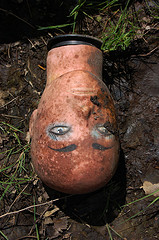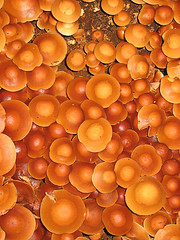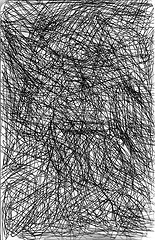 I was tagged a few weeks ago by Isabella Mori, and I’m finally getting around to writing the post. The originator of the meme is OptimistLab, where you can get the directions if you are tagged by me, or if you just want to join in.
I was tagged a few weeks ago by Isabella Mori, and I’m finally getting around to writing the post. The originator of the meme is OptimistLab, where you can get the directions if you are tagged by me, or if you just want to join in.
My energizers include eating lightly, exercising, taking a nap, letting go of whatever is on my mind, and having sex.
Eating Lightly. I’m thin, so I eat a fair amount of meat. But when I focus on salads, raw veggies and veggie protein, my system is clarified, and I feel more facile, lighter.
Exercising is the universal energizer. It seems counter intuitive so it’s often the last thing we “want” to do to energize. At those times I take a slow walk, preferable through nature, a park or a garden. Often my pace will pick up and I’ll get a decent “energizing” work out.
When in doubt, nap. Sometimes the body, spirit and mind are just overwhelmed with life and need a total break. Go for it. No guilt. And I don’t worry about power napping, unless I have to get back to work. I nap and let my body tell me when the nap is over. Sometimes I actually sleep better at night if I take an afternoon nap. Perhaps because a better adjusted body/mind/soul is more able to sleep in general.
Letting go. For me the greatest energy drainer is stress. When something is pressing on me from the inside, I tend to shut down. Every cell screams for escape and release. If I just let go of all expectation and goals, I clear the slate and feel refreshed.
Sex. You’ve got to admit it. Sex releases pent up energy like nothing else. Darn society and puritanical culture for creating all kinds of taboos around sex! Self-sex is great. And sex with someone else can be the best ever soul cleanser.
The posts and their bloggers which I’d like to submit (and tag) for this meme are as follows. None are about energizing techniques. Instead each relates to the wide topic of humanist spiritual thinking, one of my favorite subjects these days.
ZenChill for his post The Power of Letting Go. As I stated above, this is a valuable tool for growing as a person.
I found this wonderful article on experiential spirituality (also in an easier to read format here). Though the blog is written by a Franciscan monk, this post shows progressive thinking. I love his article and it’s message. It’s a beautifully written progressive humanist interpretation of the message of Christ.
The Maha Blog posted a detailed criticism of the atheist writer Christopher Hitchens, the fourth in a series called The Wisdom of Doubt. Undoubtedly, doubt is the ultimate tool for questioning authority. To Barbara O’Brien, the author of this edgy populist liberal blog, fanaticism of any kind, even liberal, is dangerous.
Thoughts in a Haystack posted excerpts of Mark Twain’s “Passage from Satan’s Diary to outline the dangers of American theocracy in Sympathy from Satan.
The DT Strain scribed a thoughtful question What is a Contemplative?, in which he outlines contemplative living.
And finally, I love this post called Music Is… by Orain Hard. I told him I’m printing it and showing it to all my students. As a classical musician, I appreciated his beautiful summary of the depths of the musical art.




